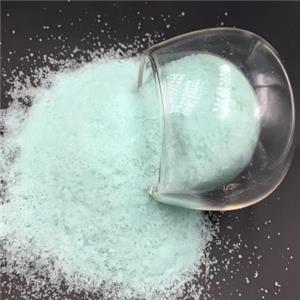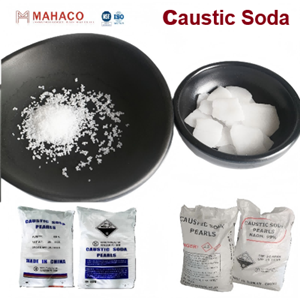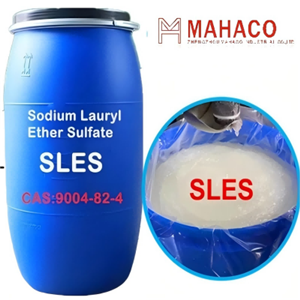IS ACTIVATED ALUMINA BALL HARMFUL FOR WATER TREATMENT?
IS ACTIVATED ALUMINA HARMFUL?
Activated alumina is a porous solid made of aluminum oxide, or Al2O3. Though non-toxic, aluminum oxide is mildly irritating to skin and eyes with too much exposure. Please, do not eat.
Fun Fact: The crystalline form of Al2O3 is attributed to the precious gems ruby (pictured above) and sapphire, whose brilliant colors come from impurities in the crystal.
Disclaimer: As with all chemicals, always refer to the SDS for safe handling instructions.
ACTIVATED ALUMINA APPLICATIONS
Much like activated carbon, the high surface area and porosity exhibited by activated alumina allows it to capture and hold on to various types of materials, lending it to be employed as an adsorbent, desiccant, and more. The primary ways in which activated alumina products are used include:
ADSORBENTS
Activated alumina is a highly effective adsorbent in both gas and liquid applications, and as such, is employed by a number of industries for targeted removal of components from other media.
As an adsorbent, activated alumina is most well known for its use in water filtration applications, where it serves as a cost-effective adsorbent for removing fluoride from water. It is also capable of removing a variety of other contaminants, including arsenic, lead, and sulfur.
DESICCANT
Similar to its role as an adsorbent, activated alumina can also adsorb water from air, allowing it to be used as a desiccant; activated alumina can capture and trap water in order to keep things dry, much like silica gel. As a desiccant, activated alumina can adsorb up to 20% of its own weight in water at a relative humidity of 50%.¹
Activated alumina is employed as a desiccant in a wide variety of applications, including the removal of water vapor from gases in industrial settings. Water adsorbed onto the activated alumina can then be desorbed via thermal treatment and the alumina reused.
CATALYSTS
Activated alumina is also widely used as a catalyst, with roles as the catalyst itself, as well as an inert carrier, or substrate for other catalysts.
As a catalyst, activated alumina is most well known for its role as a Claus catalyst; activated alumina is the most commonly used Claus catalyst in sulfur recovery endeavors at oil and gas refineries.
CONCLUSION
Due to its capabilities as an adsorbent, desiccant, and catalyst, activated alumina is a valuable tool in many industrial process settings. Produced from the activation of aluminum oxide resulting from the Bayer process via calcination, activated alumina is highly customizable and is often agglomerated to improve performance and handling characteristics. Feasibility testing is often a useful endeavor when working with activated alumina products.




